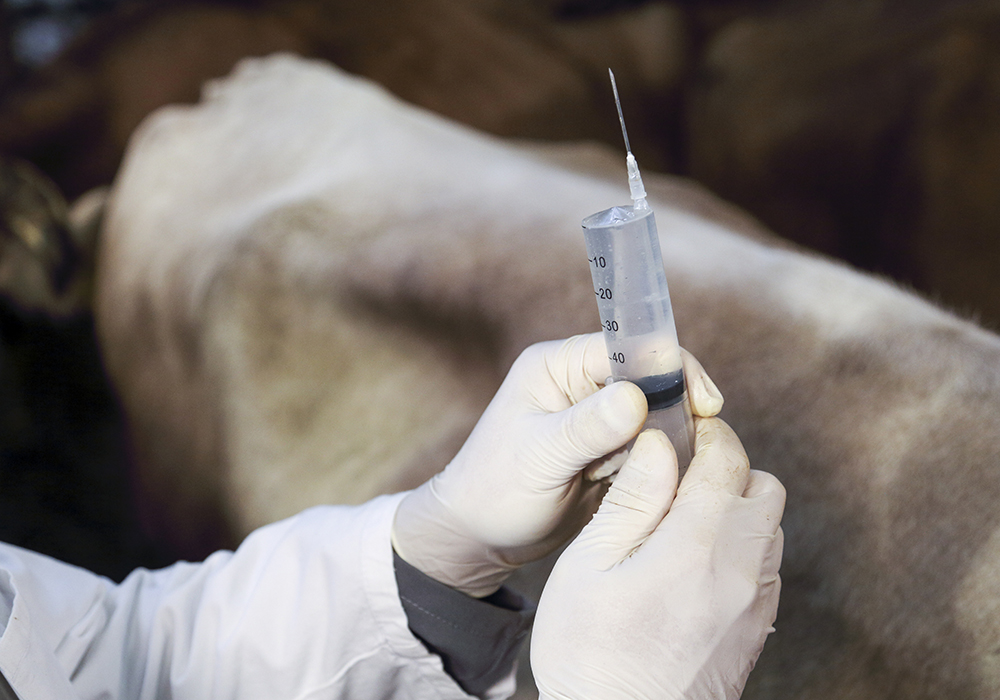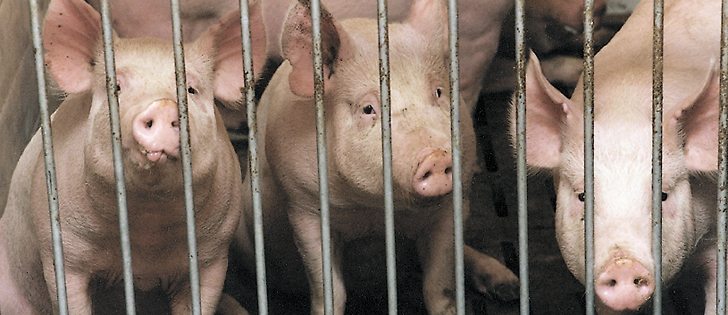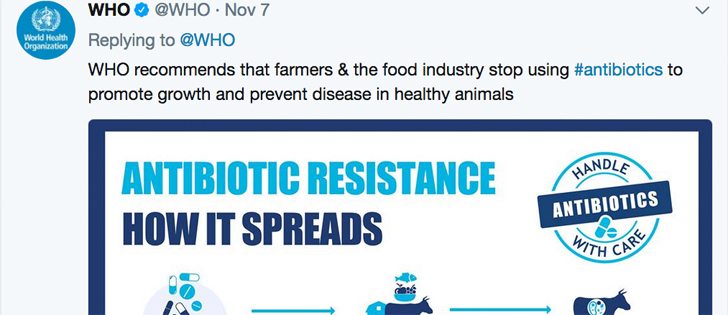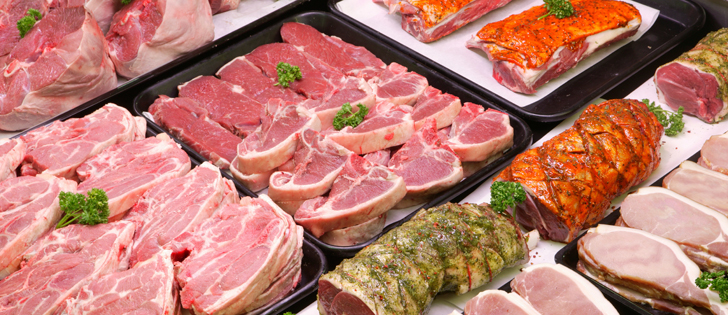Manitoba hog farmers should embrace the opportunity today to get serious about avoiding antibiotic resistance, industry leaders say.
The federal government is serious about tackling the issue and isn’t going to back away from it.
“We’re not going to avoid regulations in this,” Mark Fynn, the Manitoba Pork Council official working with producers on the issue, said during the organization’s annual meeting.
“We need to be showing that we’re progressive in it as a farming community.”
General manager Cam Dahl echoed Fynn’s view.
Read Also
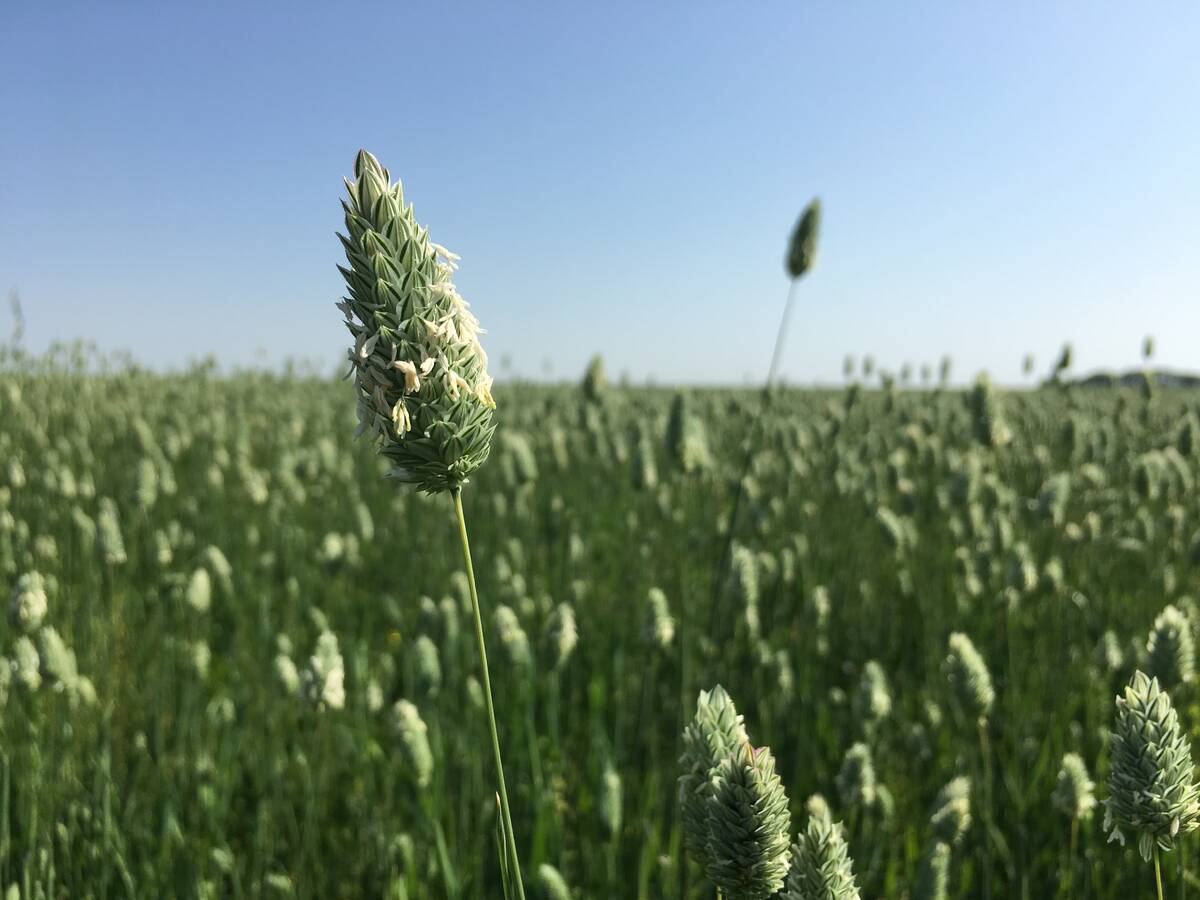
No special crop fireworks expected
farmers should not expect fireworks in the special crops market due to ample supplies.
“We do need to work on this as an industry before we see regulations coming into effect,” said Dahl.
Antibiotic resistance is a growing issue across the world, with more resistant infections developing as antibiotics are overused in human medicine and livestock production. There are few signs of new antibiotics being developed.
Many governments are trying to sharply decrease the amount of antibiotics being used, with Canada’s government presently involved in a national effort.
The hog industry is particularly vulnerable due to the relatively high amount of antibiotics used in pork production, which is greater than in other forms of meat. With pigs concentrated in barns, disease outbreaks can spread fast, be hard to control and be devastating for the animals. Antibiotics have been a key method of control.
European producers have already seen their use of antibiotics limited by regulation and now use substantially less per pound of pork than North American producers.
Fynn is overseeing a project that is gauging antibiotic use on Manitoba farms. A hundred farms have been enrolled in the project so far and “we’re looking to have more of you participating in 2022.”
Canadian Pork Council chair Rick Bergmann, a Manitoba producer, said farmers aren’t the only ones facing scrutiny for antibiotic use. All users are being assessed by federal health department authorities.
“They’re not just pointing fingers at us,” said Bergmann. The medical and dental industries are coming under the same scrutiny.
The use of zinc is also being challenged by federal authorities. It is commonly used in nursery barns, but it has also been shown to encourage the spread of antibiotic resistance. The industry is hoping to preserve the use of the mineral.
“We’re trying to refine the use so it’s limited and to avoid the antimicrobial resistance issue,” said Fynn.
Dahl said farmers have a chance now to be co-operative and demonstrate that they’re part of the solution to the problem.
“This is an issue that’s not going to go away and it’s going to become bigger as time goes on.”


